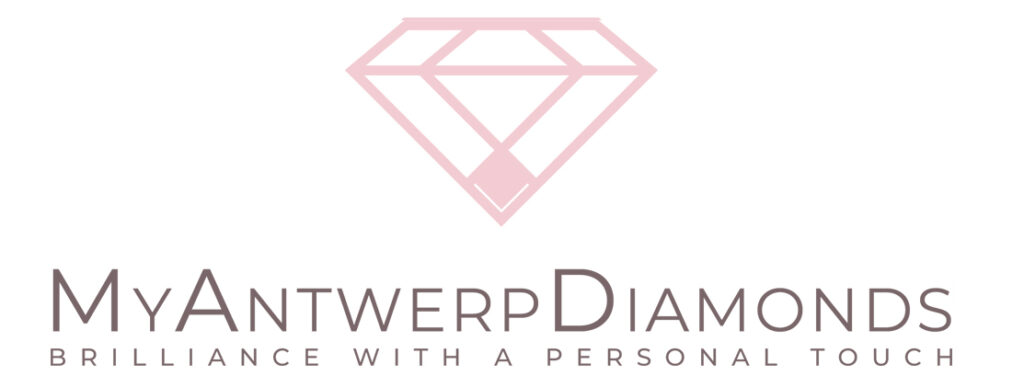COLOR
Diamond color refers to the natural body color visible in a white diamond. While diamonds are commonly thought of as colorless, most have subtle tints of yellow or brown. Diamonds are graded on a color scale from D (colorless) to Z (light yellow or brown). The closer a diamond is to colorless, the rarer and more valuable it tends to be.
D – Absolutely Colorless
The highest grade. Exceptionally rare and icy white, even under magnification.E – Colorless
Nearly identical to D, with only minute traces of color detectable by an expert.F – Colorless
Slight color detectable only under close examination. Still appears very bright and white.G – Near Colorless
Very faint color, typically not noticeable without comparison. Offers an excellent balance between appearance and value.H – Near Colorless
Slight warmth visible in some lighting. Still appears white in most settings.I – Near Colorless
Slightly more visible warmth, especially in larger stones, but still presents well—especially in yellow or rose gold settings.J – Near Colorless
Detectable warmth, best paired with warm-toned metals. Popular in vintage or more budget-conscious designs.K to M – Faint Color
A noticeable yellow tint appears, particularly in larger diamonds or those set in white metal. Can look beautiful in vintage-inspired or yellow gold settings.N to Z – Noticeable Color
Increasing visible color in the form of yellow or brown hues. Rarely used in fine jewelry but sometimes seen in antique or character-driven pieces.
COLOR IN COMMERCIAL JEWELRY
In today’s commercial jewelry market, most diamonds fall within the G to I color range. These near-colorless grades are favored for their clean appearance and more accessible pricing, making them the most common choice for fine jewelry and engagement rings.
However, this does not mean that D to F color diamonds, which are classified as colorless, are any less desirable. On the contrary, they are sought after for their rarity and purity. While they may be purchased less frequently, this is due to budget considerations, not a lack of interest or appeal.
G color is especially popular in higher-end commercial jewelry, offering a bright and white look without the cost of D–F stones.
H and I colors are widely used in fine jewelry and look excellent in both white and yellow metals.
J color is often used in budget-conscious or vintage-style designs, where its slight warmth can be an asset rather than a flaw.
Diamonds in the K to M range are used more selectively—typically in designs where warmth complements the overall aesthetic, such as yellow gold settings. These stones can offer great value when paired thoughtfully with the right design elements.
Diamonds graded N to Z are rarely used in modern commercial jewelry due to their noticeable tint but may be featured in niche or antique-style collections.
Key Pages: Create & Customize Jewelry
Key Pages: Diamond Jewley From the Atelier
Essential Diamond & Jewelry Education
Important Links: Support & Policies
MyAntwerpDiamonds.com /
Some email responses from us may be filtered as spam or blocked altogether. To ensure you receive our emails, please provide your telephone or WhatsApp number for verification.



